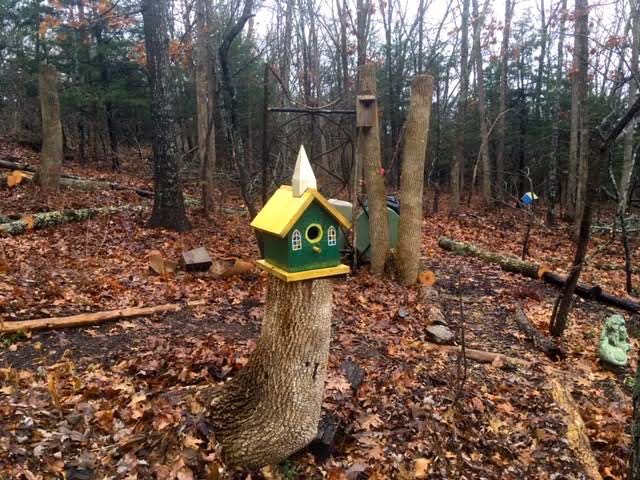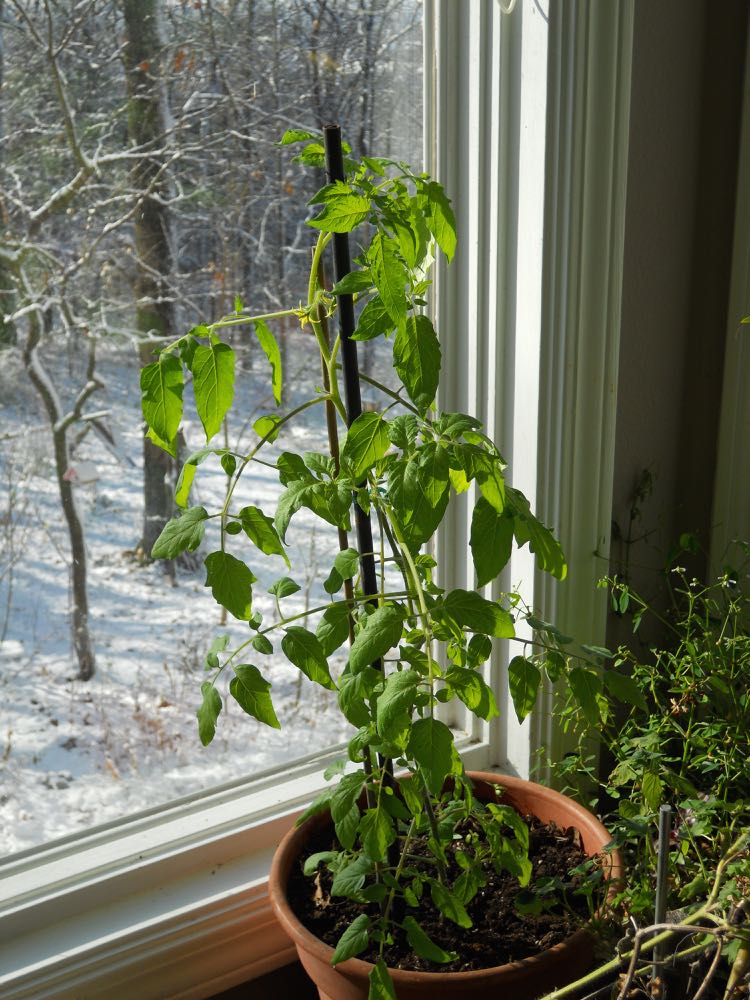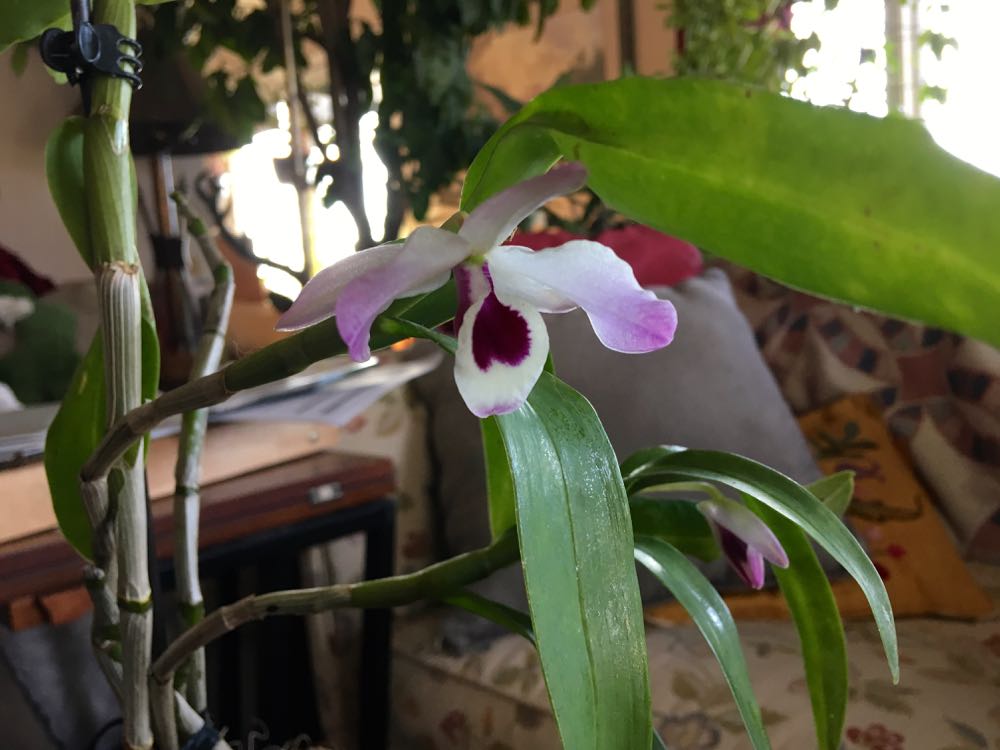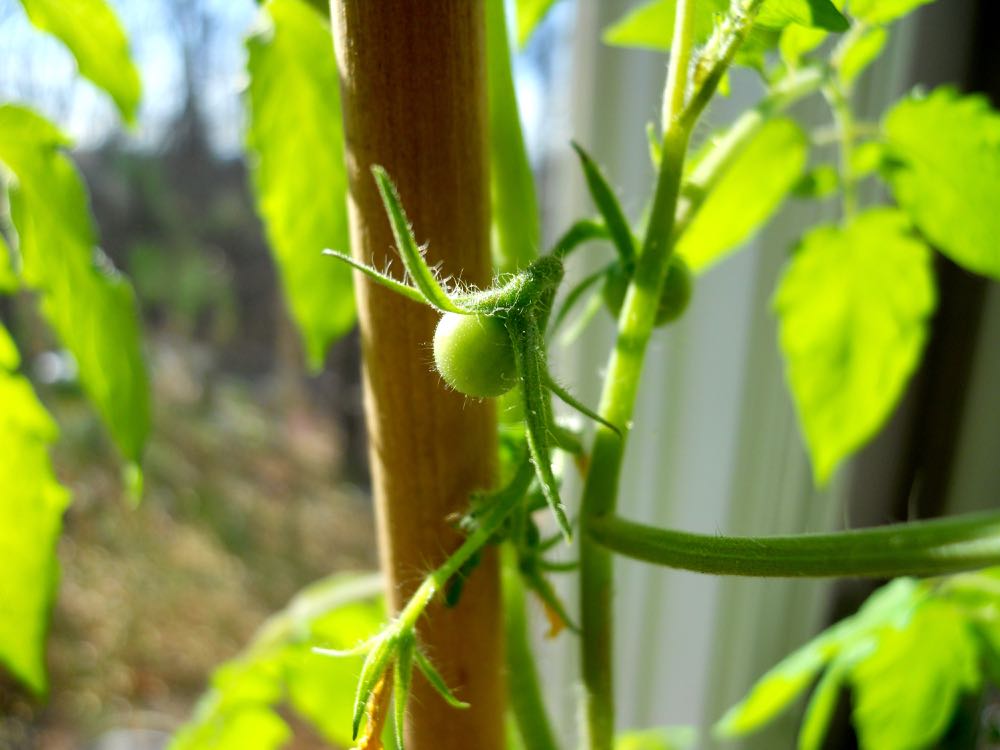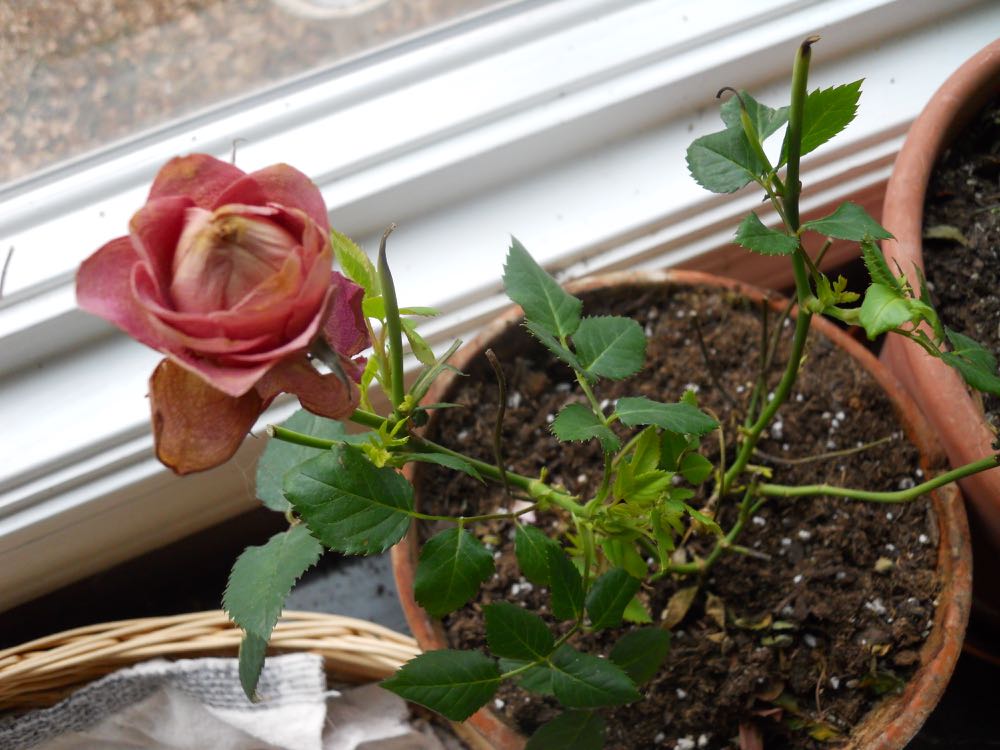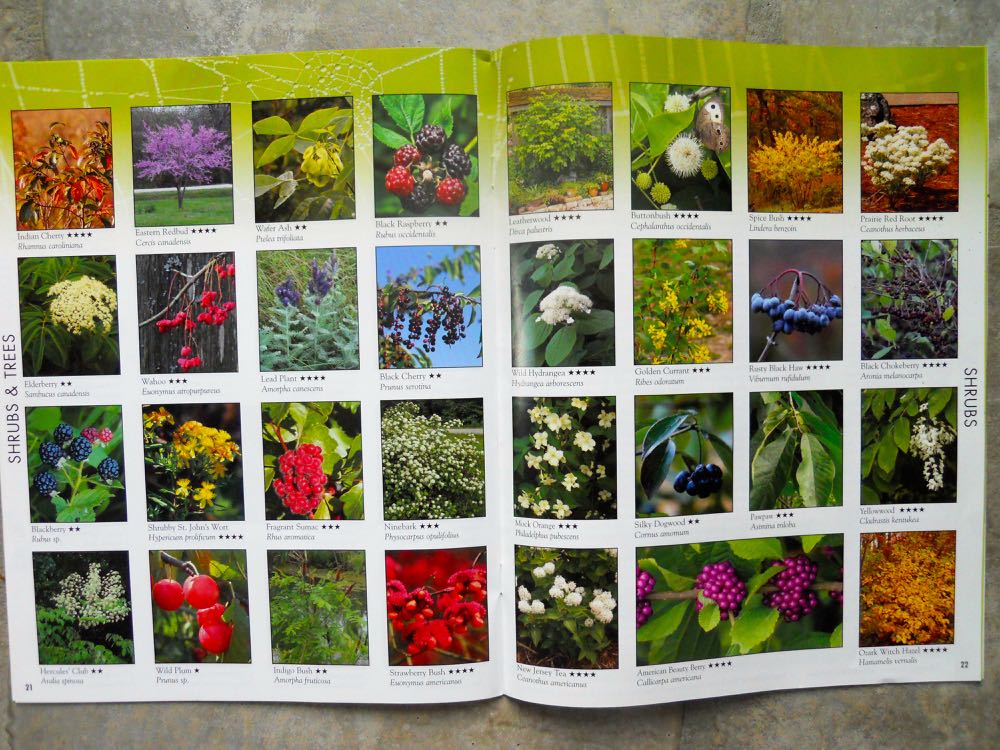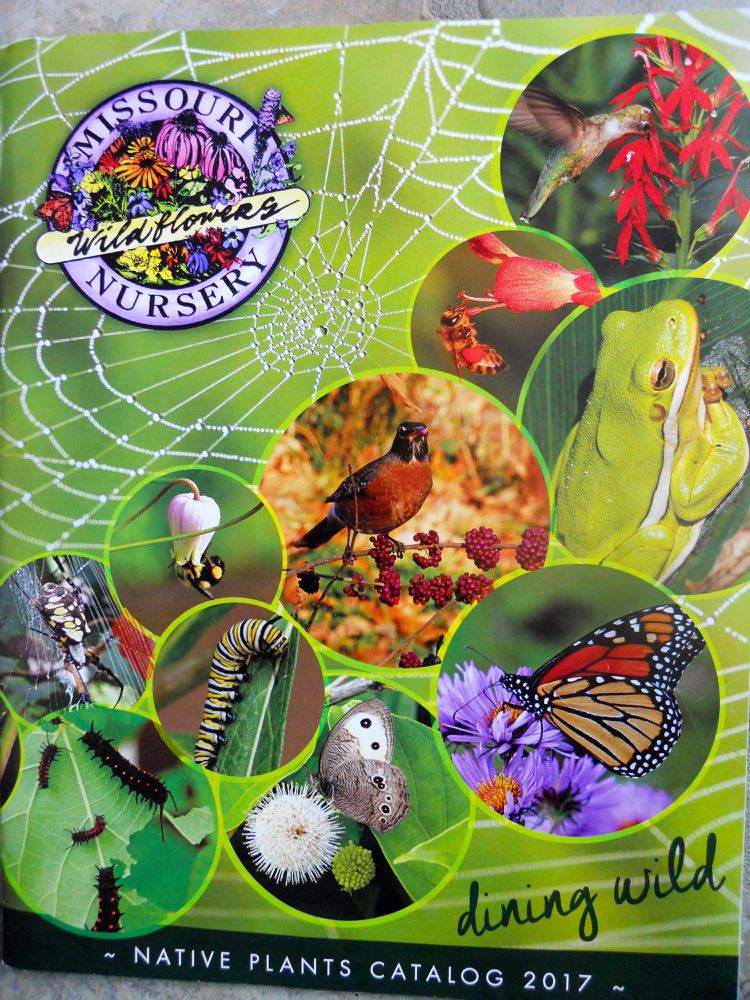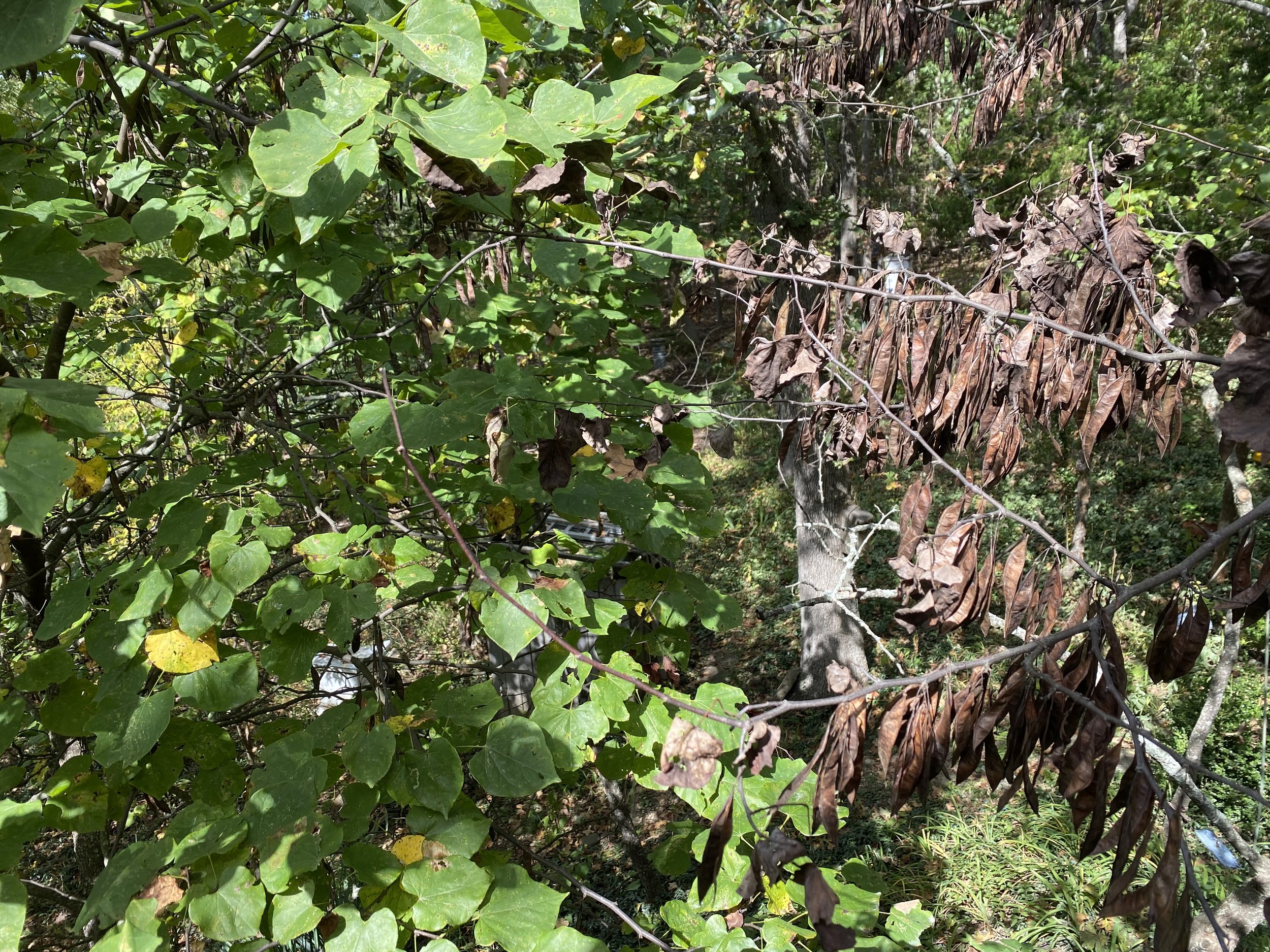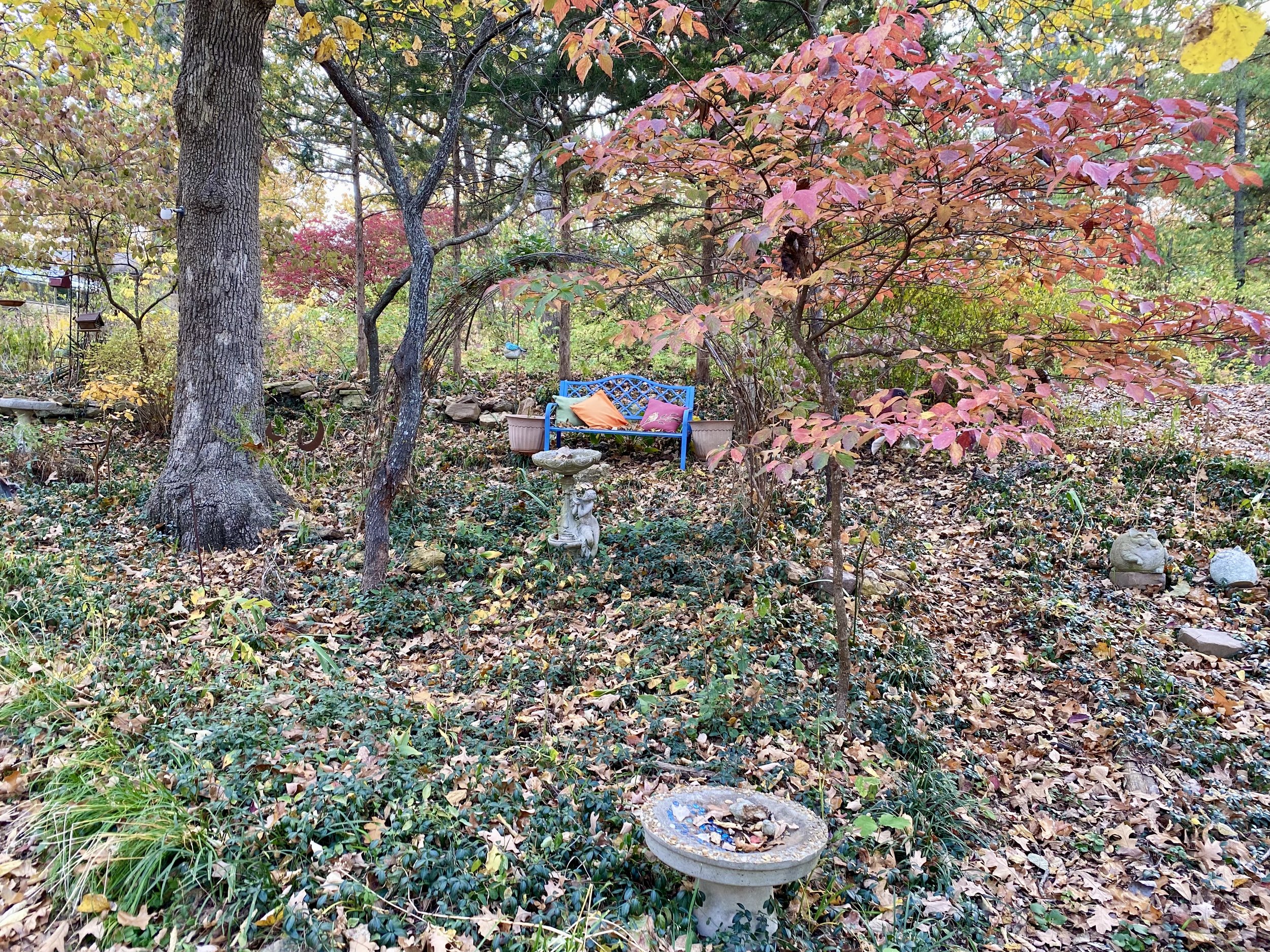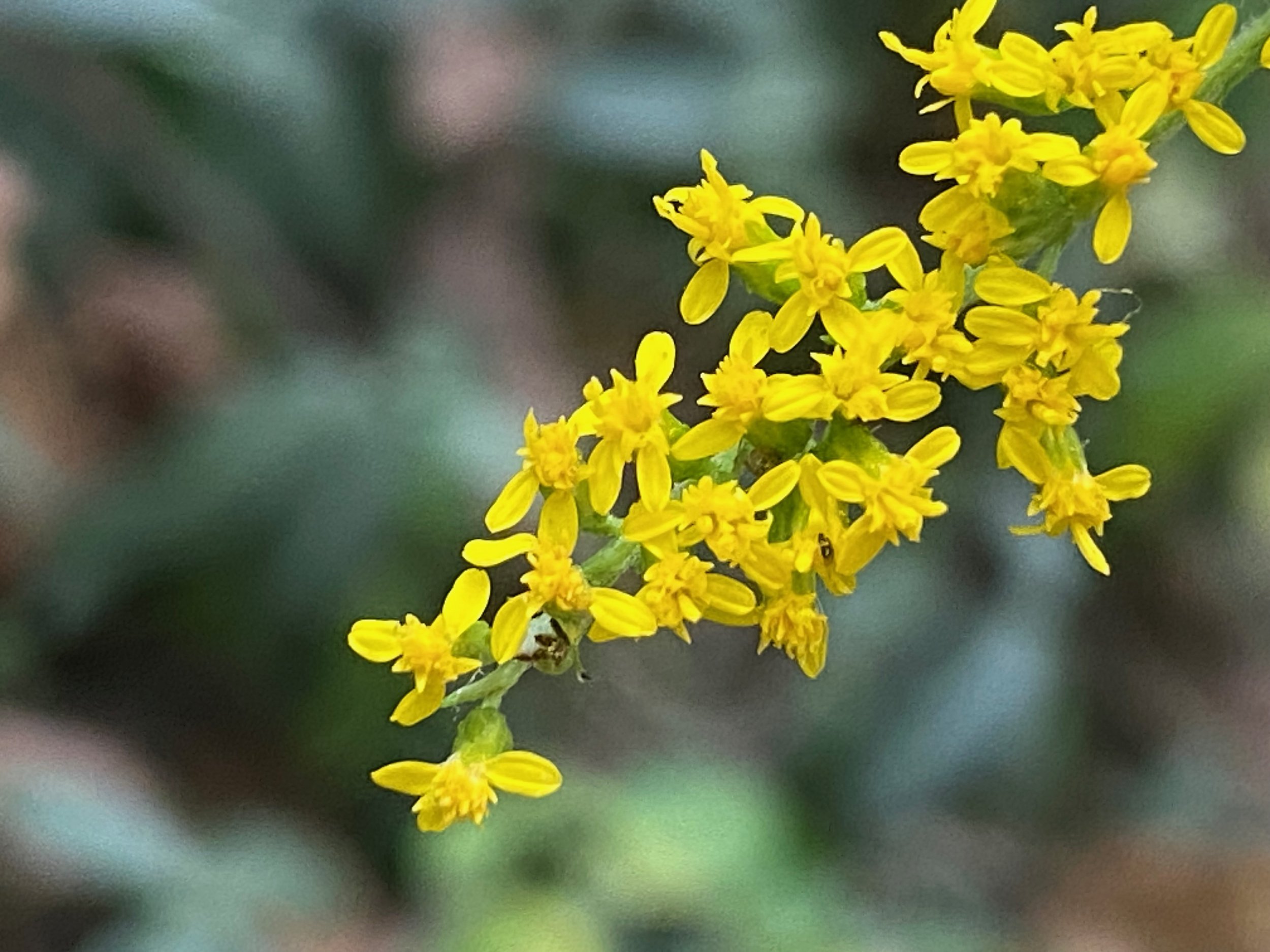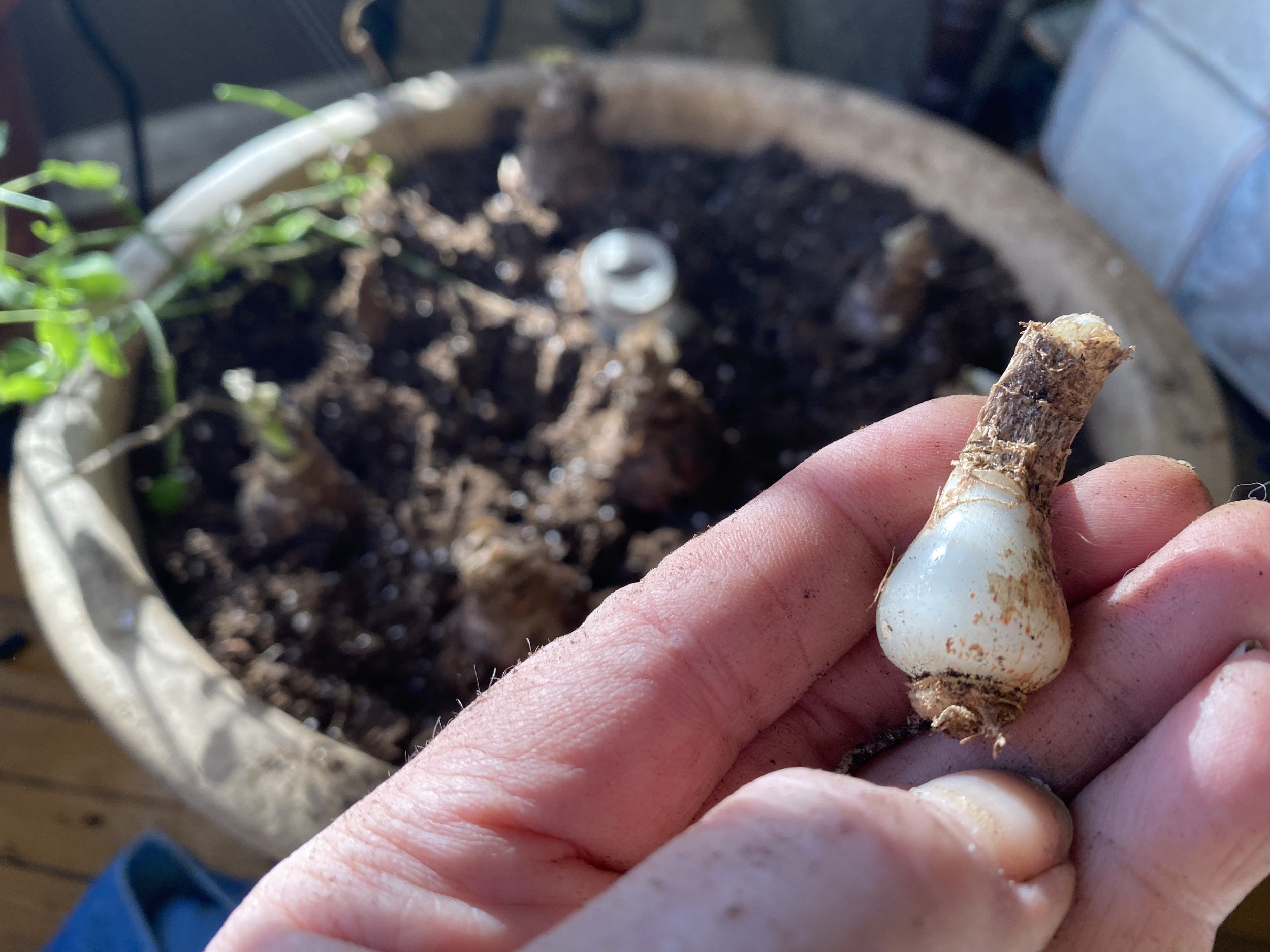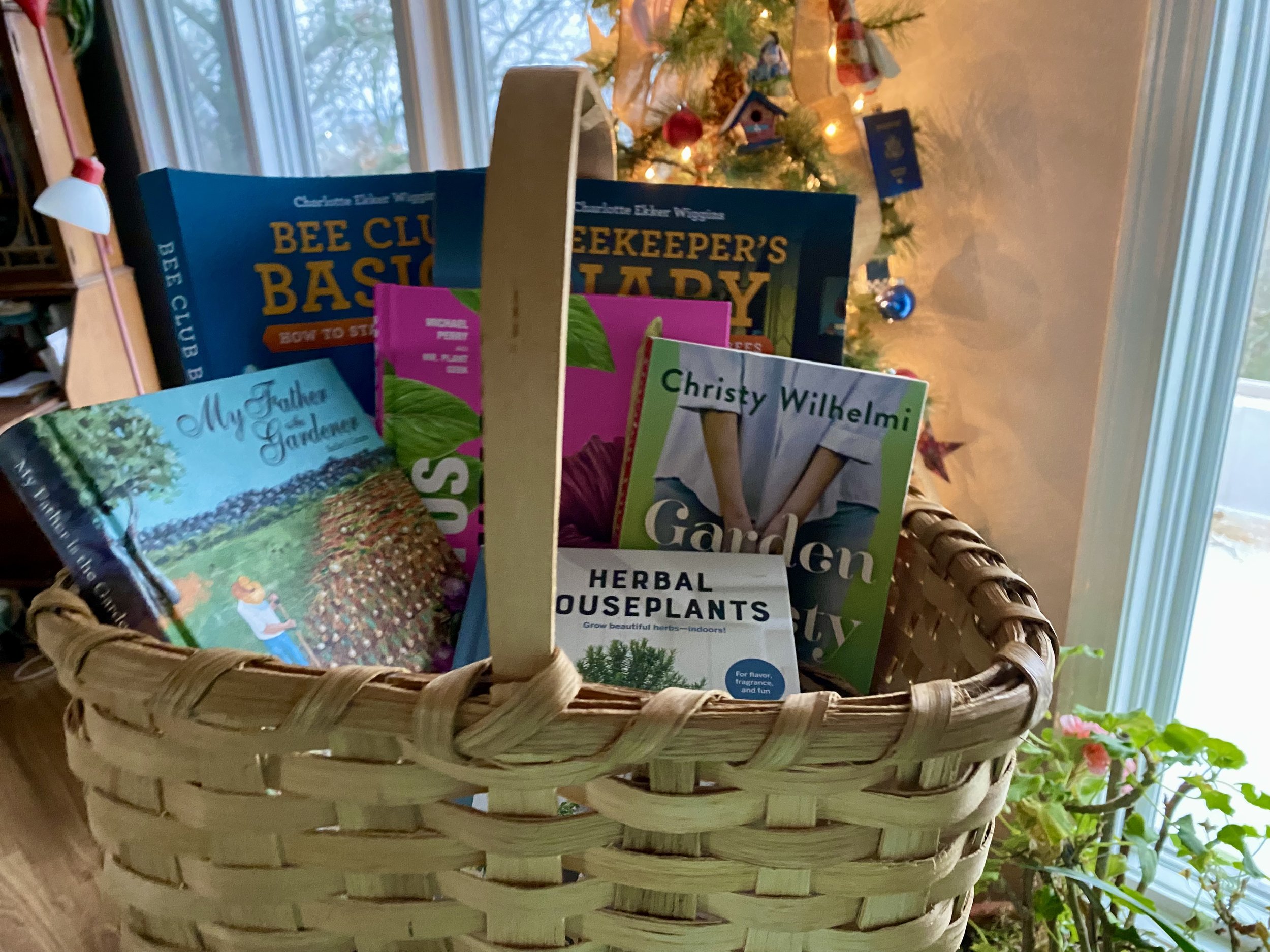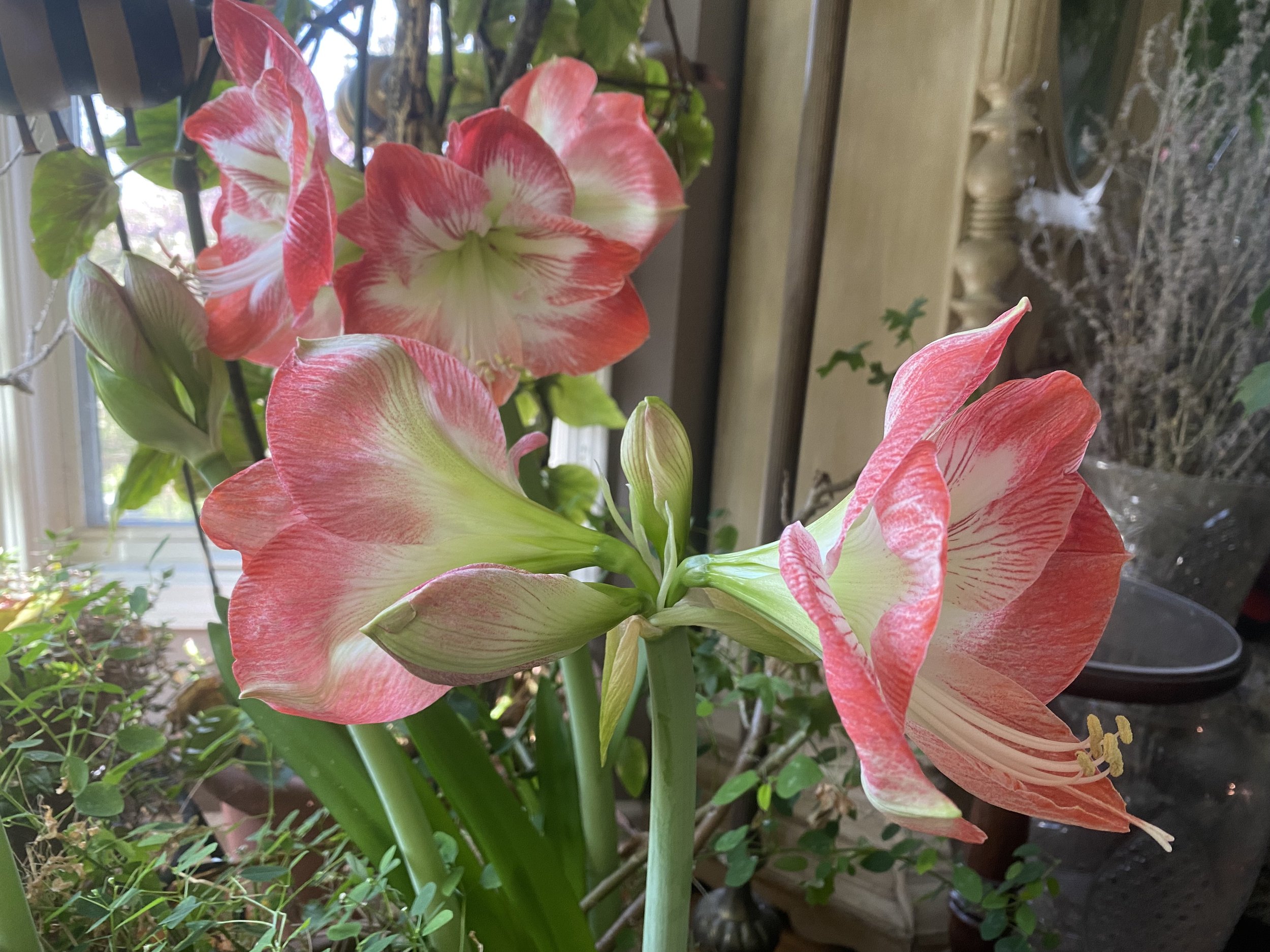Cedar Branch Fruit Fences
/This wild black raspberry knew what to do with the cedar branch fruit fence. (Photo by Charlotte Ekker Wiggins)
Cedar Branch Fruit Fences
I was getting excited about a winter snow storm forecast when I remembered one of my garden projects was only half done: my cedar branch fruit fences. The problem was that the cut down cedar branches were now piled in front of my garage door, keeping a couple of visiting rabbits warm and my car from getting safely stored away before the storm moved in.
Luckily this was not a difficult project to finish so I bundled up, plugged in my nail gun compressor and got started making the actual fences for some of my raspberry and blackberry patches.
Cedar tree branches ready to become garden fencing. (Photo by Charlotte Ekker Wiggins)
If you do a search for these berry fences, you will find some very serious-looking set ups with wire and industrial end supports.
My idea is more user friendly. I want to be able to walk through my garden paths and easily pick the berries off the nearby vines. I also didn’t want them to look like prison walls like some do so I chose to make smaller fruit fences out of cedar branches. Cedar is long-lasting, the newly-cut branches are easy to shape and with a little creativity, I can make fencing that will also be attractive to both fruiting vines and garden visitors.
Knowing that raspberry vines like to move, my first cedar branch fence was for a newly-established raspberry area so I can try to corral the raspberries. I know, a lost cause but it at least marks where they are and guides me away from the thorns. The plants can spread towards the back and any that make it into the patch can be easily moved.
One of the strips of finished cedar branch fending for raspberries. (Photo by Charlotte Ekker Wiggins)
The fence lengths, about 5-foot long each, also have cedar branches that form arches so the fruit vines can easily wrap around the bending cedar branches.
The bottom, more straight rungs will also contain vines and still make them easily accessible. I’m thinking for me but I’m sure the deer and birds will more easily find them, too.
Fencing arch will help keep vines off the ground. (Photo by Charlotte Ekker Wiggins)
Once these branches start to grow, I can then trim the plants at the bottom of the cedar branch fence without getting entangled in the thorns. Well, at least that’s the theory.
Raspberry vines now weave around the cedar branch fence arches. (Photo by Charlotte Ekker Wiggins)
Another fruit fence was made for a thornless blackberry growing beneath one of my hives. Last year, the plant seemed to be trying to grow into the hive so I am hoping the cedar branch fruit fence can keep the vine better behaved and still give my bees access to the nearby nectar and pollen.
Another cedar branch fence for a blackberry patch between hives. (Photo by Charlotte Ekker Wiggins)
There are a number of pre-made fencing available on the market but they all look way too industrial for my garden. They also assume one is installing them on a flat surface, not a limestone hillside where to get any depth one would need to dynamite.
These cedar branch fruit fences will fade as the growing vines cover them and I can use cut down cedar trees from my garden to make them. That’s a win-win in my garden book and now I can get my car into my garage.
Ok, snow, bring it on!
Charlotte











